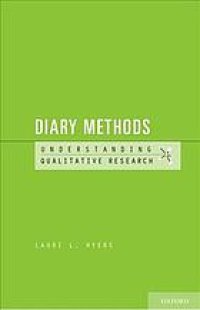The diary method is highly flexible and can be incorporated into a range of research projects. For example, diary researchers can operate under a range of epistemological assumptions (i.e. both realist and social constructivist, etic and emic, etc.). In addition, diary studies can address a variety of research questions, and diaries themselves can be used to collect data for use in qualitative, quantitative, and mixed-methods designs. Further, emerging developments in the use of technologies, such as video recording, social media, and photography, offer new opportunities for the collection of data within a range of everyday contexts. However, managing, analyzing, and writing up the complex data gathered in these diary studies can present unique challenges to the qualitative research. For example, the researcher will have to consider the potential for participant attrition in this labor intensive research design, variability in the richness of participant diary entries, and a range of ethical considerations in preserving the anonymity of participant life descriptions. Other considerations include the style for presenting the data, the size and selection of quotes extracted for the manuscript, and whether to organize the presentation of results by participant, group, context, themes, or time. The strengths, weaknesses, and usefulness of a diary study will depend upon how the researcher addresses these issues during their data collection process, data analysis, and in the composition of the final report. In this book, Hyers provides her readers with a wealth of guidance and expert insight to ensure the success of their diary studies. Read more...
